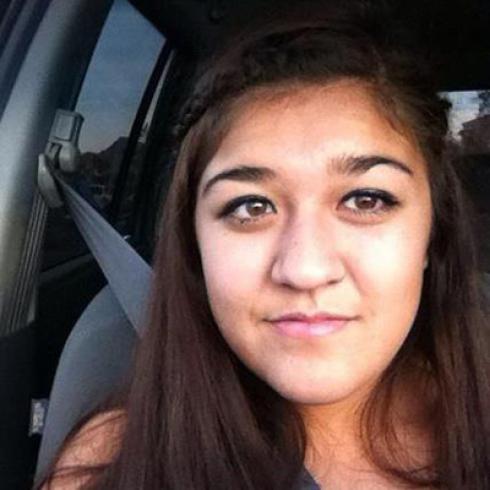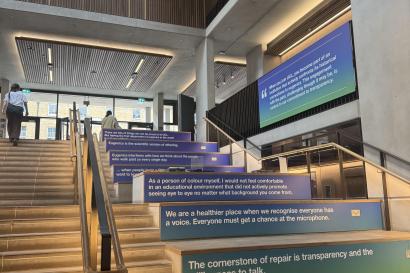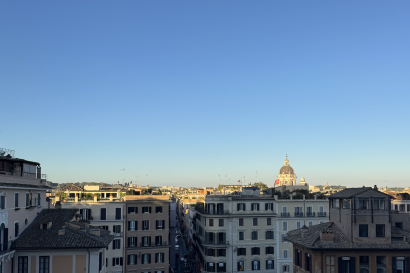This past weekend (March 19/20), all of us students took a trip to Caen and the beaches of Normandy, two extremely important places in the history of WWII. After arriving in Caen, we had a little free time to explore the city. Unfortunately, I was starting to get sick so I mostly stayed in my room to rest. After that, we visited a museum showing the history of WWI, WWII, and even a small exhibit on the Cold War, Vietnam war, and Korean War. It was really interesting to see course of the wars through the eyes of Europe. In the US (at least what I was taught), there is a heavy emphasis of "and then America came in and saved the world from the Axis powers!". But in Europe, it's completely different. America didn't get a huge commandment, just a small little section about how we helped in the Allied victory. Most of the emphasis was on the various battles, speeches, and other events during the war. It was really interesting to see how similar the French and American propaganda was; everyone was against the Axis and it was extremely evident. In this museum, they had a lot of artifacts and items from various countries: Axis and Allies included. I think in most American museums, most of the items on display are American. This European perspective was certainly eye opening and interesting. On Saturday, we headed out to one of the beaches near Normandy that was a key point on D-Day. There were still numerous large structures siting in the water, slowly being consumed by the water. The more you looked into the ocean, the more and more structures you saw, at least a few dozen. After that, we stopped by a museum with a tapestry that was at least 50 meters long. Telling the story of William the conqueror. Then, we went to Omaha beach and the American cemetery. When you learn that millions of American soldiers died, you don't realize how many that is until you see the endless rows and columns of gravestones, and hundreds of names written on walls. Seeing the physical amount of Americans who died really puts the loss into perspective. Up next were the bunkers not too far from the cemetery. Half of these bunkers were destroyed in bombings. The bombs left behind broken buildings and craters bigger than swimming pools. The wooden ceilings in the bunkers were still original, burnt to a crisp from the fires. There's not many places like these in the states, and I think seeing physical remnants of WWII is astonishing and reinforces the atrocities that I learned about so many times. These sights are definitely a must-see for any history buff or anyone wanting to see the war from a different perspective.

Iggy Takahashi-Brummer
<p>I'm Iggy Takahashi, a junior studying biochemistry and French studies at the University of Portland and studying abroad in Nantes, France. I love baking, cooking, travelling, exploring, and of course spending time with my family and cats. I have traveled to Spain, China, and throughout the United States, and I hope to continue to do so after graduating!</p>





